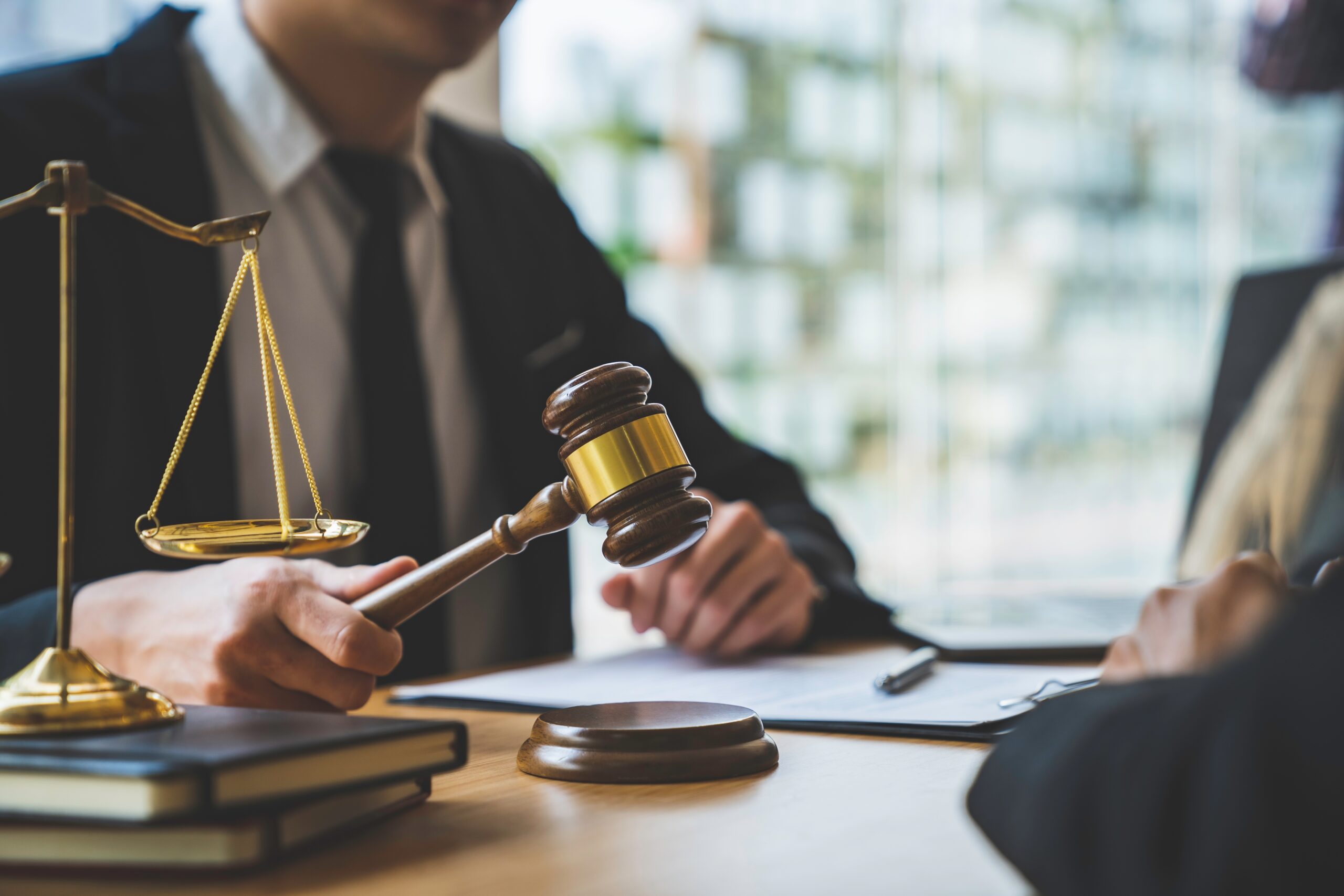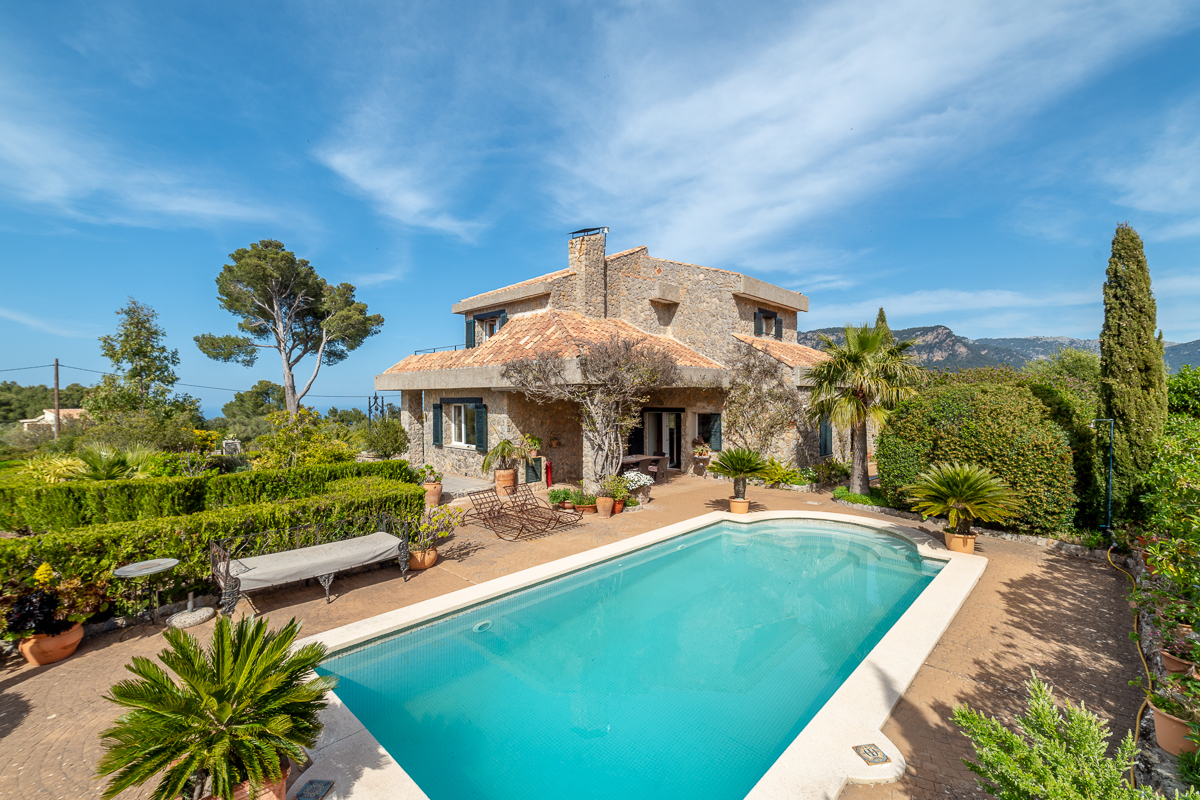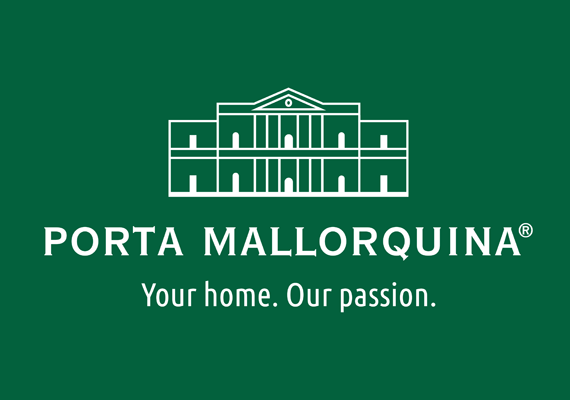In Mallorca, it is (once again) possible to legalise certain illegally constructed buildings in the countryside retrospectively. The regulation is controversial.
Illegal buildings on Mallorca are often in a legal grey area, as they were built or extended without permission but can no longer be demolished due to expired limitation periods. On the other hand, owners do not receive authorisation for conversions or renovations. This year, the conservative Balearic government launched a procedure for the legalisation of such buildings, which is subject to numerous conditions.
The property market has already reacted: Prices for such properties that can be legalised retrospectively have already risen. For property owners on the island, however, the question arises as to whether they should and can make use of the transitional regulation for legalisation, which is limited to three years. Especially as the Spanish central government has now also expressed its reservations about the legislative decree.

This year, the conservative government of the Balearic Islands introduced a procedure for the legalisation of such buildings, which is linked to numerous conditions.
Contents
Legal framework and requirements
– Legalisation is regulated by a decree law that came into force in May 2024. The decree (in Spanish: Legalización extraordinaria de edificaciones, construcciones, instalaciones y usos existentes en suelo rústico) is actually aimed at reducing bureaucracy. The aim is to issue building permits more quickly, pay out subsidies promptly and drive forward renewable energy projects.
– The possibility of legalisation only applies to illegal buildings outside built-up areas, specifically in rural areas (suelo rústico), regardless of which municipality the property belongs to. Urban areas (suelo urbano) in both Palma and the villages are excluded from this.
– A further requirement is that the offences against building law must be time-barred and no official proceedings are pending. The limitation period varies between eight and twelve years, depending on the time of construction and the protected status of the area.
– Some cases are explicitly excluded, such as properties in the coastal protection zone, buildings near certain roads and hotel complexes.
– The decree also permanently excludes subsequently legalised properties from holiday rentals. The impact on buildings with an existing holiday rental licence is currently still unclear, but an amendment to the law to exempt such cases is currently considered unlikely.
Costs and conditions of legalisation
– Legalisation entails various costs. In addition to subsequent fees for the building licence, there are also penalties that are staggered over time: 10 per cent of the value of the building project in the first year, 12.5 per cent in the second year and 15 per cent in the third year. The earlier an application is submitted, the cheaper it is.
– Depending on the case, dismantling measures may also be necessary in order to legalise a property.
– There is no provision for partial legalisation. Individual components such as extensions or pools can be legalised, but the entire property must be legally sound once the process has been completed. In addition, energy efficiency and water-saving requirements must be met.

The possibility of legalisation only applies to black buildings outside built-up areas, specifically in rural areas (suelo rústico).
Background and comparison with previous regulations
The decree is similar to a set of regulations from 2014 by the previous Conservative government. Under the “Ley Company”, around 1,500 buildings were subsequently legalised by 2015. The subsequent left-wing government abolished the regulation, which was limited in time anyway. For the current process, it is estimated that around 30,000 buildings or parts of buildings could theoretically be considered for legalisation. Whether this makes sense and is financially viable must be decided on a case-by-case basis.
Further information and advice
This article was prepared by the business, tax and legal consultancy firm PlattesGroup, based in Palma de Mallorca. Further information is available in the podcast with Yvonne Plattes, Managing Director of PlattesGroup, and the architect and expert Curd Manthey: https://willipedia.plattes.net/podcasts/detail/legalisierung-im-laendlichen-raum-grosse-hoffnungen-gegen-harte-realitaet
